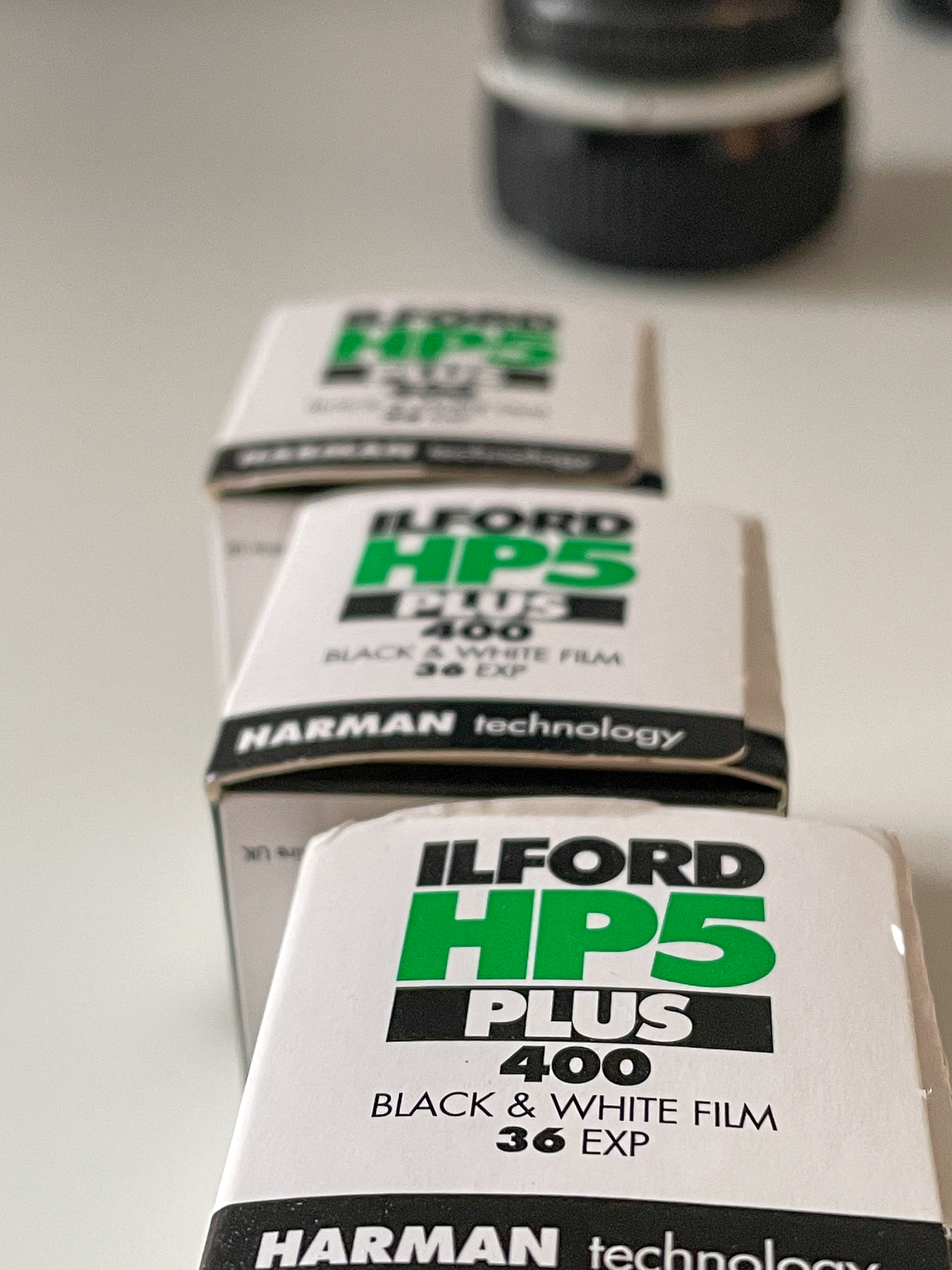Forget the sensor sensitivity!
Back in the days when everyone shot 35mm film, you could get films with different ISO levels, say ISO100 or ISO400. You could actually by buying a different film change the ISO. Also, this gave rise to the term the exposure triangle consisting of shutter speed, aperture and ISO. But that was back in the film days. Today, when your sensor leaves the factory, the sensitivity to light is fixed. So no changes to ISO as we knew it from the film days. But turning up the ISO will give you images that look more exposed than images with lower ISO’s, so what is going on?

Turn up the volume!
When you listen to radio and the signal gets bad with lots of noise, what do you do? Yes, you can turn up the volume, but that will both amplify the noise and the signal, so my guess is that you turn the knob for controlling the tuning, in order to get a better signal. Turning up the volume will not help.
So what is ISO in a digital camera? After the camera has taken the picture and the sensor has read the light, then the ISO is applied in the cameras internal post processing! It takes the signal and amplifies it as ordered by the ISO setting. The higher the setting, the more the amplification. But just like the old analogue radio, both the signal and noise is amplified.
That is why ISO is no longer part of the exposure, as it is applied after the exposure. The exposure triangle is now only aperture and shutter speed. Your sensor has the sensitivity it had when it left the factory.
What is it good for?
If you set your ISO to the cameras base ISO, typically ISO 100 or ISO 200, then you will get the cleanest images. As soon as you crank up the ISO, the price you pay is more noise and more grain. Luckily, most modern cameras have algorithms that are pretty good at separating noise from signal, so you can get good results at ISO 800, ISO 1600 and even ISO 3200 or higher. You can continue the work with optimising the image in post and get good results with even higher ISOs that that.
More modern cameras can go to higher ISO values than older ones. The reason being that the computing power in modern cameras has increased and hence there is capacity (“horse power”) to run advanced noise suppression algorithms in the camera. The better the noise suppression, the higher (meaningful) ISO values can be applied.
The reason why you would turn up the ISO is lack of light. It is a simple as that. Maybe you want to shoot something that moves very fast so you need to reduce the shutter speed? A high ISO may be the compromise you need to get images that are sufficiently exposed. Maybe you want to shoot at a very narrow aperture to get lots of (DOF)? That narrow aperture won’t let in much light, so ISO could help you out.
There is no free lunch when it comes to photography. It is one big pile of compromises. But subtle use of ISO may be just what helps you out when you lack a little bit of light. So give it a try and you will over time find out where the limits for your use of ISO subject to what you shoot.
